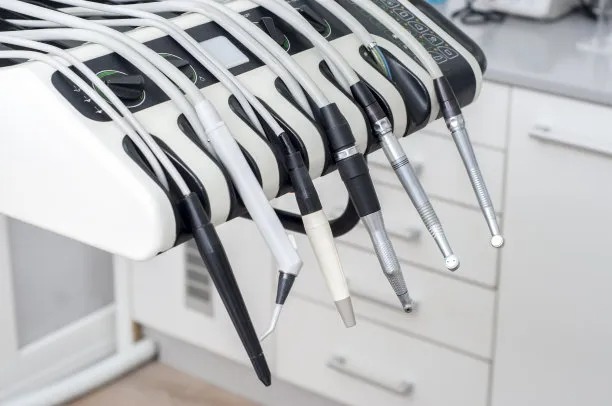The Critical Process and Care Tips for Extracting a Tooth Safely and Effectively
Summary: This article explores the critical processes involved in safely and effectively extracting a tooth, along with comprehensive care tips. Dental extractions, while sometimes necessary, require careful consideration to ensure minimal discomfort and promote swift healing. We will discuss the importance of preparation, the steps of the extraction process, post-extraction care, and when to seek professional help. Through understanding these crucial aspects, patients can navigate tooth extractions with confidence and ease, ensuring both safety and efficiency throughout the procedure.
1. Importance of Proper Preparation Before Extraction

Preparation is key to a successful tooth extraction. Before the procedure, a thorough examination by a dental professional is essential. X-rays are commonly taken to assess the tooths root structure and condition of the surrounding bone. This diagnostic process helps in identifying complications that may arise during extraction.
Additionally, patients should provide their dentist with a complete medical history. Information about any allergies, medications, or medical conditions can significantly influence the extraction process and the choice of anesthesia. This transparency ensures the dentist can fully prepare for the procedure and avoid potential risks.
Lastly, mental preparation plays a crucial role. Understanding what to expect during and after the extraction can help alleviate anxiety. Patients are encouraged to discuss their concerns with their dentist and to ask questions to ensure they are adequately informed and comfortable.
2. Steps Involved in the Tooth Extraction Process
The extraction process begins with anesthesia administration, ensuring the patient is comfortable and free of pain during the procedure. Local anesthesia is commonly used for simple extractions, whereas general anesthesia may be required for more complex cases. The dentist will explain which option is best for the individual situation.
Once anesthetic is in effect, the dentist carefully loosens the tooth from its socket using specialized instruments. For a simple extraction, this may involve rocking the tooth back and forth. In more complicated cases, surgical extraction may be necessary, which could involve incisions in the gums to access the tooth. Understanding these steps can help in alleviating any apprehension a patient may feel.
After the tooth is successfully removed, the dentist will clean the extraction site and may place stitches if necessary. They will also provide instructions on how to manage pain and swelling following the procedure. This step is vital to the healing process and can significantly impact recovery time.
3. Essential Post-Extraction Care for Patients
Post-extraction care significantly influences recovery and can prevent complications such as dry socket, which is a painful condition that can occur if the blood clot at the extraction site becomes dislodged. Patients should follow their dentists instructions precisely, including dietary recommendations. Soft foods are typically advisable during the initial days post-extraction.
Maintaining proper oral hygiene is also crucial. While it’s important to avoid the extraction site directly, gentle rinsing with warm saltwater can help keep the area clean and reduce the risk of infection. Patients should also avoid using straws, which can create suction and jeopardize the blood clot, leading to complications.
Pain management is another critical component of recovery. Dentists often prescribe pain relief medication or recommend over-the-counter alternatives. Its important for patients to adhere to the dosage guidelines and to contact their dentist if pain levels exceed what has been advised, as this may indicate a problem.
4. Knowing When to Seek Professional Help
Even with appropriate preparation and care, complications can arise after a tooth extraction, making it important for patients to recognize when to seek further assistance. Symptoms such as excessive bleeding, intense pain that does not subside, or signs of infection such as fever or pus discharge warrant immediate attention from a dental professional.
Regular follow-up appointments after extraction are also advisable to ensure proper healing. During these visits, the dentist can monitor the progress and address any concerns. It’s crucial for patients to keep these appointments and be proactive about their recovery.
Ultimately, communication with the dental team is vital. Patients should feel empowered to reach out if they have any questions or concerns during their recovery process. This open dialogue can enhance safety and effectiveness in post-extraction care.
Summary:
Understanding the critical processes and care tips involved in tooth extraction is essential for ensuring patient safety and comfort. From proper preparation and following the extraction procedure to diligent post-operative care and recognizing signs for further intervention, each step plays a significant role in promoting recovery and preventing complications.
With a focus on education and clear communication, patients can approach tooth extractions with confidence, knowing they have the essential knowledge to ensure a smoother experience. This article is compiled by Vickong Dental and the content is for reference only.



